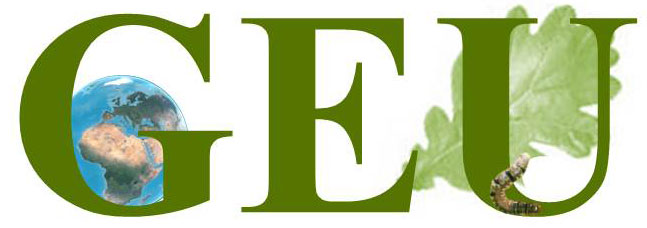Un equip internacional –amb l’investigador del CSIC al CREAF Josep Peñuelas– explora els factors decisius del comportament vegetal i com incloure’ls als models predictius. El resultat es publica a Nature Plants i vol millorar la comprensió del cicle global del carboni i els serveis ecosistèmics i el seu futur si els boscos canvien pel canvi climàtic.

Bosc de coníferes. Public Domain.
“Hem demostrat que si representem els principis d’evolució, autoorganització i maximització d’entropies (l’organització aleatòria d’alguns processos naturals) en els models, podrem predir millor el comportament de les plantes complexes i la vegetació en general en relació amb els canvis ambientals”, explica Josep Peñuelas.
Aquests factors ja s’han utilitzat anteriorment per separat per entendre aspectes concrets del funcionament de les plantes. Però les implicacions que tenen quan es combinen encara no s’havien analitzat a fons. Aprofundir-hi és important per conèixer millor com afectarà el canvi climàtic a aquestes dinàmiques.
Podeu llegir la investigació Organizing principles for vegetation dynamics a l’article que ha elaborat l’International Institute for Applied Systems Analysis, l’institut austríac que l’ha liderat.
Article de referència:
Franklin O, Harrison S, Dewar R, Farrior C, Brännström A, Dieckmann U, Pietsch S, Falster D, Penuelas J, et al. (2020). Organizing principles for vegetation dynamics. Nature Plants DOI: 10.1038/s41477-020-0655-x
Font: Blog CREAF
http://blog.creaf.cat/noticies/entendre-funcionament-vegetacio-planeta/


